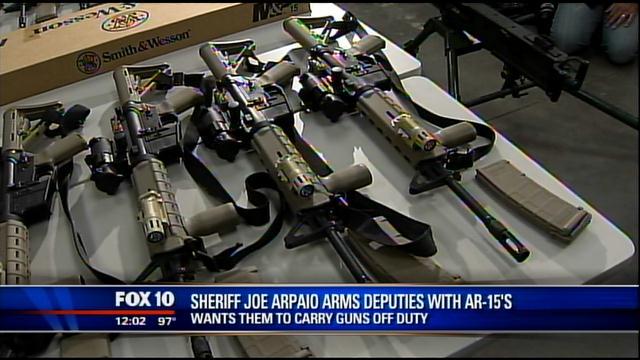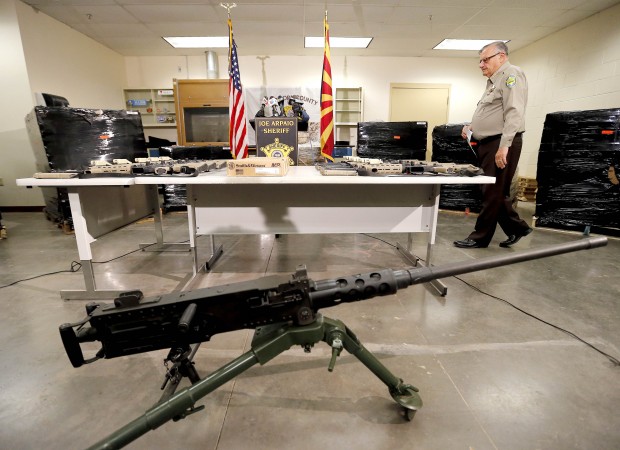
Volkspanzerkampfwagen?
ATVW?
and maybe they won’t hurt you…
Why haven’t we seen this in the national media? This is why I carry a gun. I ain’t going out like that…
The couple never saw Boyd cruise into the parking lot at Washington
Ridge with passengers Davidson and Cobbins. An armed Boyd and Davidson
jumped from the car, leaving Cobbins behind. At that point, the pair
intended only to rob Christian and Newsom of the SUV. But as they
approached the couple, guns drawn, headlights from another vehicle
spooked them. They pushed the couple into the SUV.Testimony has shown that Christian and Newsom were bound in the SUV with
whatever cords the assailants could find. Newsom was forced facedown in
the vehicle. A bound Christian was dumped onto his back.
One of the attackers said: “Two white people, white kids, this (expletive) fixing to get crazy, man, you know what I mean?”
But according to the paper, there is no racial motivation for the crime.
The white male victim’s body was found, anally raped, shot in the back and neck, then shot again in the head, execution style. The body was then wrapped in a blanket, soaked in gasoline, and set on fire.
The white female victim get it even worse, if you can believe that. For hours, she was raped anally, orally, and vaginally. The criminals then crushed her genital area with a boot or other hard object, beat her over the head, and then poured bleach into her in an attempt to destroy DNA evidence. The bound her, wrapped her head in one garbage bag, placed her in a second, and then sealed her in a garbage can to suffocate.
I am opposed to the death penalty because I don’t trust the government to be honest. However, this story shows that some humans are simply evil. That is the reason why I carry a gun.
The real question here is why the press goes to such great lengths to cover up and minimize black on white crime, while at the same time sensationalizing and even inventing race crimes when it is white on black.
Police agencies in Central Florida are beginning to wear cameras and record their surroundings. You would think that this is a good thing, and I have even posted before that this should be required. However, the cops have the ability to shut off the camera. I don’t have a problem with that, as no one wants a video of a cop taking a dump.
However, there needs to be a law that penalizes police any time the recording is shut off in the course of his job:
A citizen accuses the cop of brutality and the recording is unavailable, then the cop’s testimony, and the testimony of fellow cops is inadmissible.
Same thing if a cop arrests someone based on something the cop observed: you say you saw them man dealing drugs, and the video is broken, then your testimony as a cop means exactly squat.
I have been toying with getting rid of Windows. It is a very unstable
system, and after awhile, the computer becomes unstable and begins
randomly crashing. I get tired of having to trash the entire operating
system and reload it every 6-12 months. I last did it to this machine
about 16 months ago, and it is nearing time to do it again because it
crashes and requires a hard reboot about twice a day now.
Not only that, but Windows is a highly insecure operating system,
and I am not sure that I am willing to accept this any longer. I used
to be a gamer, but this is not really the case any longer, as the only
game I really play any more is Kerbal Space program. The hassle of
learning to use a new operating system is now becoming outweighed by the
risks of staying.
Apple’s OS has its own issues,
chiefly among them being cost, and so I am left to consider Linux. There
are two problems with Linux:
1 I know nothing about it.
2 Compatibility
I need to find ways to run or replace the following software:
1. The MS office suite to include: MSWord, Excel, Power Point, Outlook
2. I am one of the few people that still uses Quicken, and I need to find a replacement.
3. Finding a way to run TrueCrypt on it
4. Handling multimedia files like pictures, video, etc
5 Running iTunes
So Joe Arpaio has purchased 400 M4gery rifles for his offficers.

What the media missed, and what concerns me, was what else was in the photos that were part of the story:

That’s right, a Ma Deuce. What in the world does a police department need a belt fed, .50BMG machine gun for? Grazing fire? The police have become the standing army that the founders were so fearful of.
The iPhone stores its SMS messages in an SQL database file named sms.db. When a text message is deleted, the information contained in the text is still there, and all that happens is that the header information is deleted.
If you look at the file itself, you can read the contents of the text, just not the other information in the database, like sender, time received, etc. The contents of each text message in plain text are contained in the file, but are intermingled with other characters. SQL readers don’t display the “deleted” messages, but the contents are still there.
What I am looking for is software that will extract the readable text from the file. Does anyone out there know of such a program?
I recently posted a warning to people considering making the emergency services a profession. Falling pay and benefits, poor working conditions, and an attitude among employers that you are replaceable is just making the profession untenable.
A good example is found here. The families of 19 firefighters who worked 52 weeks a year, 40 hours a week are denied survivor benefits by their employer because they were considered “part time seasonal” employees. One of the widows wanted to speak to the Mayor during a council meeting, but was told to sit down.
There are those who claim that the widow received a Federal benefit of $350K, so she has nothing to complain about. To them, I ask you this: Her husband was 29 years old, and they had four kids, who are all less than six years old. She will now have to raise those children and support herself, not on the pay that he would have earned, but on that three hundred and fifty thousand dollars.
We as a nation have enough to pay for single mothers to pop out kids, we give these women and their kids free healthcare, simply because they cannot close their legs. We do this, and we expect these brave young men and women to step up and enter the military, enter the emergency services, and then turn our backs on them and their families when they die serving us.
Shame on the Democrats for shitting on the military and emergency services, and sneering at honor, duty, and sacrifice while honoring lazy breeders popping out more welfare kids.
Shame on the Republicans for seeing the emergency services as simply unions that must be crushed.
Shame on employers for doing all that they can to screw over a group of men who died to protect your possessions.
Two women that are related to you are pulled over by a cop. You pull up behind the scene, and watch as the women you are related to scream for help, because the police officers are sticking fingers in their rectums and vaginas while they are bent over the police car.
That is what happened to Brady Hamilton and Alexandria Randle- they were sexually assaulted on this side of the road during a traffic stop, as relatives in another car watched.
I don’t care what the law says about it being illegal to use force to resist a cop: A person would be justified in shooting both cops here, and if I were on the jury there is no way that I would convict a person who did so.
To the cops that are doing this sort of thing, and to the cops who know about it and aren’t speaking out: Fuck you, I hope one of your victims shoots and kills you in self defense, you statist animal.
An editorial at Bloomberg is talking about raising wages for places like McDonald’s to a ridiculous $15 an hour, and how the company can afford to do it with minimum impact. I say bull crap. Here is why:
I wrote here that paramedics made $14 an hour in 2002, and Florida’s minimum wage (pdf alert) was $5.15.
The Florida minimum wage is now $7.79 an hour, or 151% of what it was ten years ago. A paramedic now makes $13.23 an hour, or 94% of what it was ten years ago.
You reach a point where a person with no skills, no education, and no experience is making the same amount as a person who took the time to get an education or learn a skill, and you have just removed all incentive for anyone to go to school or work in a risky profession.
Many claim that a raise in minimum wage causes a “trickle up” effect by forcing everyone else higher, but that just doesn’t happen unless the employers can raise revenue by raising prices. Since the federal government has price controls in place through Medicare billing laws, there is no way for an employer to come up with the money to give his paramedics a raise.
You eventually hit a wage point where a job that requires no education, no risk of injury, and no responsibility becomes attractive. I think we have already crossed that point.
I just saw the trailer for the movie based on the book Lone Survivor. It looks to be a good one.